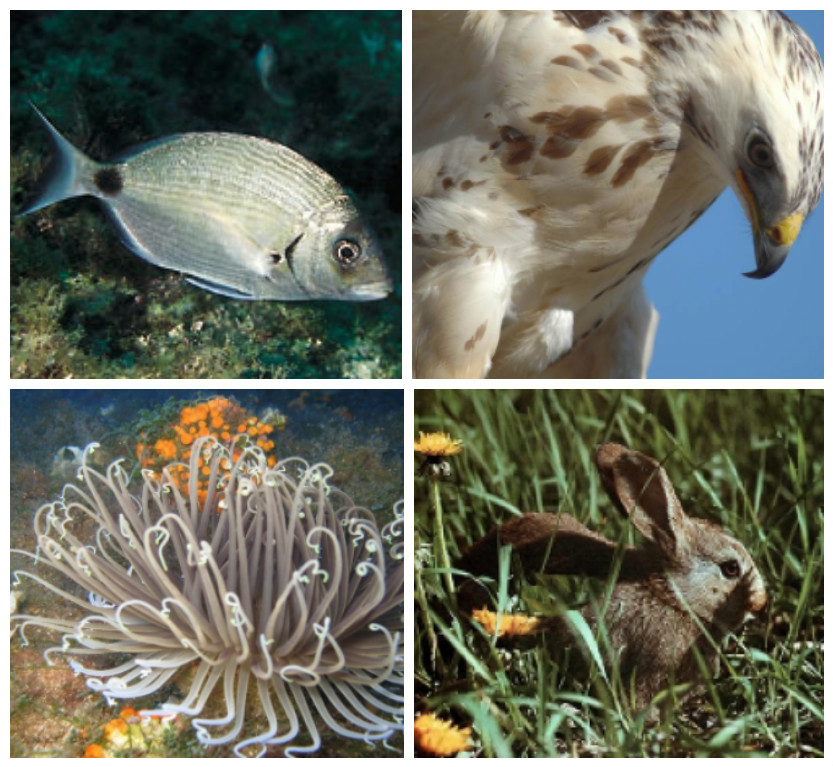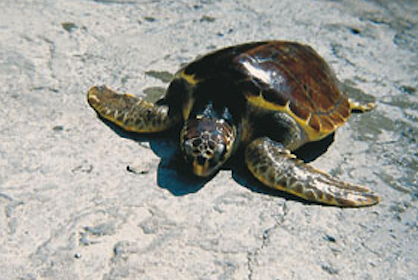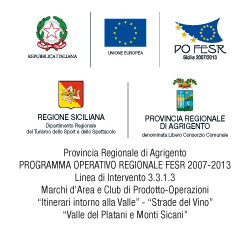
The terrestrial fauna of the Pelagie shows several species of characteristic animals allocated mainly in that area. Although not lacking in migratory birds, such as Eleanora's Falcons, Royal Mediterranean Seagulls, the Tree Sparrow, recently in Linosa there were also flocks of storks, herons and psophia. However, one of the peculiarities of the Pelagie has to be the benchmark of the turtles "Caretta Caretta" and Berta Maggiore, a bird much like the gull. This bird in Linosa is the largest colony in Sicily and has been calculated that during the breeding, arrive on the island more than 20,000 specimens. One of the habits of this bird, whose wingspan exceeds a meter, is to form a stable relationship, and almost alway nest in the same place using the most inaccessible and rocky ridges of the northern side of the island, where the female lays a single egg. Berta spends all day in the sea to catch small fish, and at dusk begins to approach land in short stops until arriving at the nest, usually at late sunset. Enchanting is the singing of the birds, like the cry of a baby, who perform every night except when the moon is full. Some nights in Linosa there are twenty thousand birds "singing", performing in an unusual, exciting and unique concert. Another constant presence both in Linosa as well as Lampedusa is the loggerhead turtle. This reptile spends its life at sea. Only between the months of May and September do the females return to land to lay eggs. They do it at night, digging deep holes of 30 to 50 cm. and deposit 70 to 120 small eggs that are then covered with sand, making sure to wipe away their animal tracks. About 60 days later, the small creatures hatch (mostly at night) and with great difficulty come out of the sand and head for the sea. Linosa turtles lay their eggs on the black beach of Pozzolan Poniente, while at Lampedusa on la Spiaggia dei Conigli. On both islands rehabilitation centers have been created where injured turtle specimens are brought for treatment. Subsequently,
after a thorough and loving recovery, they are released. The pristine Pelagie sea houses a rich marine life offering everyone that dives in the opportunity to watch a breathtaking performance of colorful fish that swim without fear alongside subs. From large groupers, amberjack, white bream, lobsters, Redfish, snappers, mullet, parrot fish (arrived in Lampedusa since the opening of the Suez Canal) and further out, swordfish and tuna. They are all present in the seabed where drybeds, caves and ravines, create, alongside the colorful marine flora that carpets its depths, the unique Mediterranean.



 LE PELAGIE
LE PELAGIE

